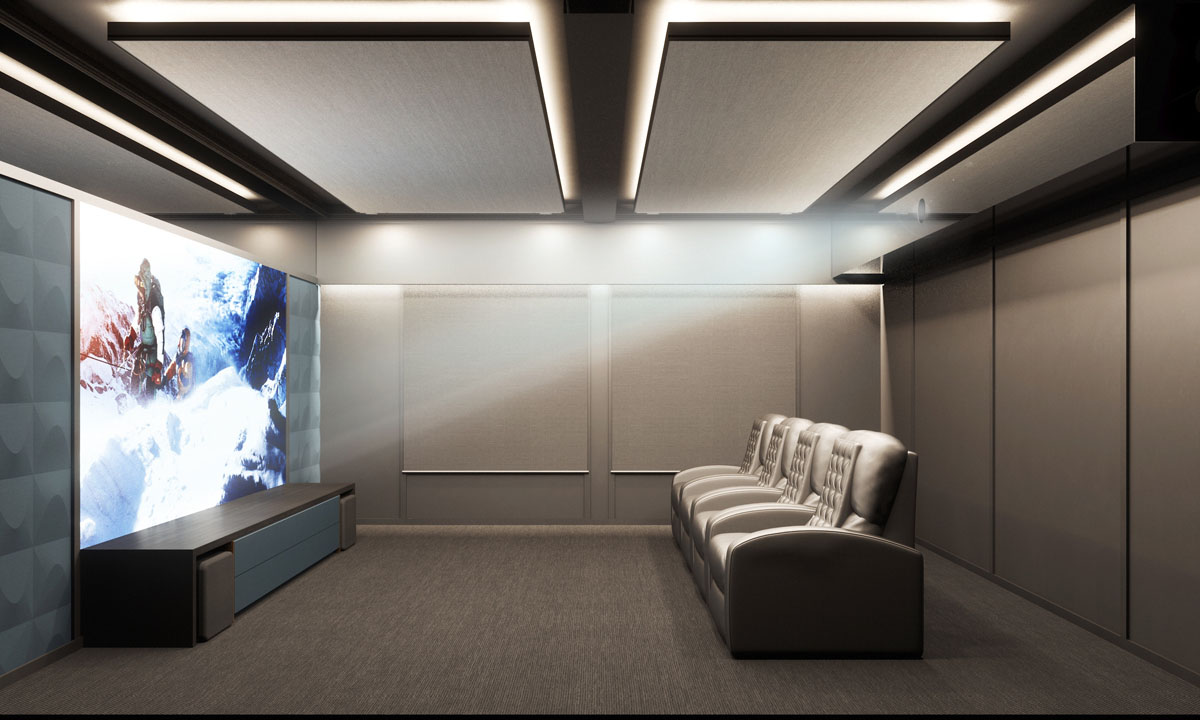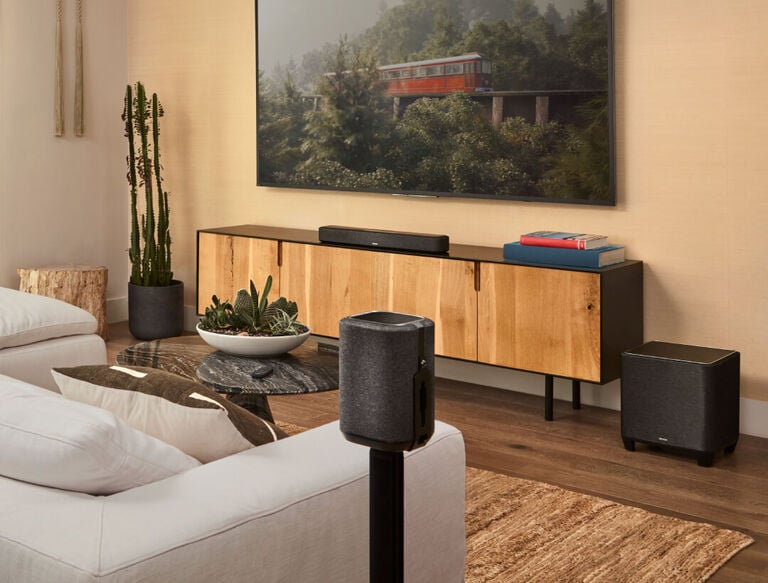Home Theater 101: Whatever You Required to Know for a Motion Picture Experience in your home
Developing a home theater that measures up to the cinematic experience of a commercial theatre entails cautious consideration of numerous parts, consisting of display option, stereo, and area layout. Each aspect plays a crucial role in accomplishing the wanted ambiance and functionality. Whether you are considering the ideal screen size or the ins and outs of surround sound, comprehending these principles is crucial. As we discover these crucial parts, it comes to be evident that the selections made can considerably affect your general viewing experience, leaving one to ponder exactly how these decisions will shape your individual cinema.
Selecting the Right Screen
When establishing up a home theater, picking the appropriate display can make or break the viewing experience - home theater installation tampa. The display serves as the centerpiece of your configuration, influencing photo top quality, viewing angles, and overall visual. Secret aspects to take into consideration consist of screen dimension, type, and resolution
First, determine the ideal display dimension based on your room dimensions and seating range. Next, pick between different display types, such as fixed-frame, motorized, or retracting displays, each offering distinctive advantages.
Resolution is one more essential aspect. For a truly immersive experience, consider a screen made for 4K and even 8K material, making sure sharpness and clearness. Furthermore, consider the screen's gain, which influences illumination and comparison; a greater gain can boost brightness in well-lit rooms, while a lower gain might be extra appropriate for darker environments.
Choosing Sound Equipment
Audio tools is an important part of any kind of home cinema system, dramatically improving the general watching experience. The choice of audio equipment can establish the deepness, clarity, and immersion of noise, critical for creating a cinematic atmosphere.
When selecting audio devices, think about a border stereo, which typically includes a receiver, multiple speakers, and a speaker. A 5.1 or 7.1 channel system is recommended, where the first number stands for the audio speakers and the 2nd the speaker, providing an immersive soundscape. The receiver is the heart of the system, handling audio and video signals, and ought to support modern formats like Dolby Atmos for an enhanced spatial experience.
Quality audio speakers are crucial; search for versions that supply a well balanced audio profile with good bass reaction. Floor-standing speakers can generate richer noise, while bookshelf alternatives save space. In addition, think about wireless options for convenience of setup, although wired systems commonly provide exceptional performance.

Optimal Seating Plans
Developing an excellent home cinema experience pivots significantly on optimal seating arrangements. The setup of seats plays a vital function in both convenience and viewing high quality, straight affecting the general cinematic experience.
First, take into consideration the display dimension and seeing distance. A common guideline is to position seats at a range roughly 1.5 to 2.5 times the angled size of the screen. This makes certain an immersive experience without stressing the eyes.
Next, altitude is vital. If your seats is in a tiered layout, the back rows ought to be greater than the front to avoid blockages. For flat seating, ensure that the front row is not also close to the screen, and that everybody has a clear line of sight.
Moreover, take into consideration the arrangement in terms of social characteristics. Group seating can improve the communal experience, while specific seats may be preferred for individual viewing.

Lastly, focus on convenience with ergonomic seats that supports extensive viewing durations. Integrating recliners or cushioned seats can significantly boost the experience, making the home cinema a preferred destination for both amusement and relaxation.
Lighting and Atmosphere
Reliable lighting and ambiance are essential elements of a properly designed home theater, as they substantially affect the checking out experience. The right illumination can enhance the cinematic feeling, while inadequate choices can diminish it. For optimum results, take into consideration a layered lighting strategy that consists of ambient, job, and accent lights.
Ambient lights supplies basic lighting, making certain that the space is not totally dark, which can strain the eyes. Dimmer buttons are very advised, permitting changes based on the content being viewed. Job lighting, such as wall sconces or floor lamps, provides practical lighting for tasks like analysis or navigating the space without interfering with the overall atmosphere.
Accent lighting can be made use of to highlight building functions or develop focal factors, this hyperlink including depth and interest to the room. LED strip lights behind displays or along shelves can offer a subtle radiance that improves the aesthetic experience without frustrating the customer.

Wiring and Installation Tips
A tactical electrical wiring setup is essential for achieving optimal efficiency in your Get More Information house movie theater system. Appropriate electrical wiring not only makes sure high-grade sound and video clip signals however also improves the general aesthetic of your room. Begin by drawing up your design, determining where each element will be positioned, including your screen, speakers, and receiver.
When picking wires, prioritize top quality, appropriately assessed electrical wiring to decrease signal loss. HDMI wires must be made use of for video clip connections, while audio speaker cable should match the specs of your speakers and amplifier. Go with in-wall rated cables to adhere to safety criteria and maintain a tidy look.

Verdict
In summary, developing an extraordinary home theater experience requires cautious factor to consider of numerous components, consisting of screen choice, audio equipment, seating plans, lighting, and electrical wiring. Each part plays an essential function in accomplishing optimum performance and atmosphere, eventually improving the satisfaction of home enjoyment. By prioritizing these elements, a cinematic environment can be efficiently replicated, permitting immersive viewing experiences that equal traditional cinema settings. Focus to detail in each location is vital for overall find out satisfaction.
Developing a home cinema that rivals the cinematic experience of a business theatre entails mindful factor to consider of numerous parts, consisting of display choice, sound systems, and space format.When establishing up a home theater, picking the appropriate display can make or damage the checking out experience. Next, select between various display kinds, such as fixed-frame, motorized, or retractable displays, each offering distinctive advantages. For a genuinely immersive experience, take into consideration a display made for 4K or also 8K material, guaranteeing intensity and clearness.In summary, creating an exceptional home cinema experience calls for careful factor to consider of numerous aspects, including screen selection, audio tools, seating plans, lighting, and circuitry.